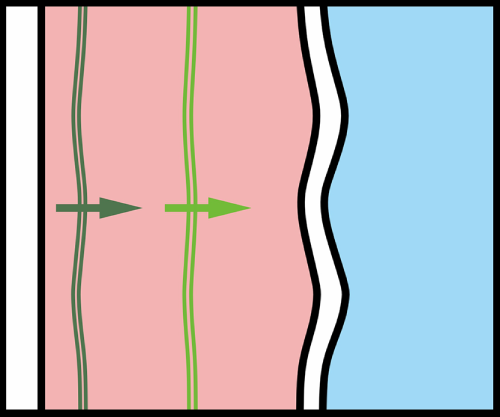No CrossRef data available.
Article contents
Modulation of the instability growth at sequential heavy–light interfaces in a shocked dual layer
Published online by Cambridge University Press: 25 June 2025
Abstract

We present a theoretical framework and validation for manipulating instability growth in shock-accelerated dual-layer material systems, which feature a light–heavy interface followed by two sequential heavy–light interfaces. An analytical model is first developed to predict perturbation evolution at the two heavy–light interfaces, explicitly incorporating the effects of reverberating waves within the dual-layer structure. The model identifies five distinct control regimes for instability modulation. Shock-tube experiments and numerical simulations are designed to validate these regimes, successfully realising all five predicted states. Notably, the selective growth stagnation of a perturbation at either the upstream or downstream heavy–light interface is realised numerically by tuning the initial separation distances of the three interfaces. This work elucidates the critical role of the wave dynamics in governing interface evolution of a shocked dual layer, offering insights for mitigating hydrodynamic instabilities in practical scenarios such as inertial confinement fusion.
JFM classification
Information
- Type
- JFM Papers
- Information
- Copyright
- © The Author(s), 2025. Published by Cambridge University Press


